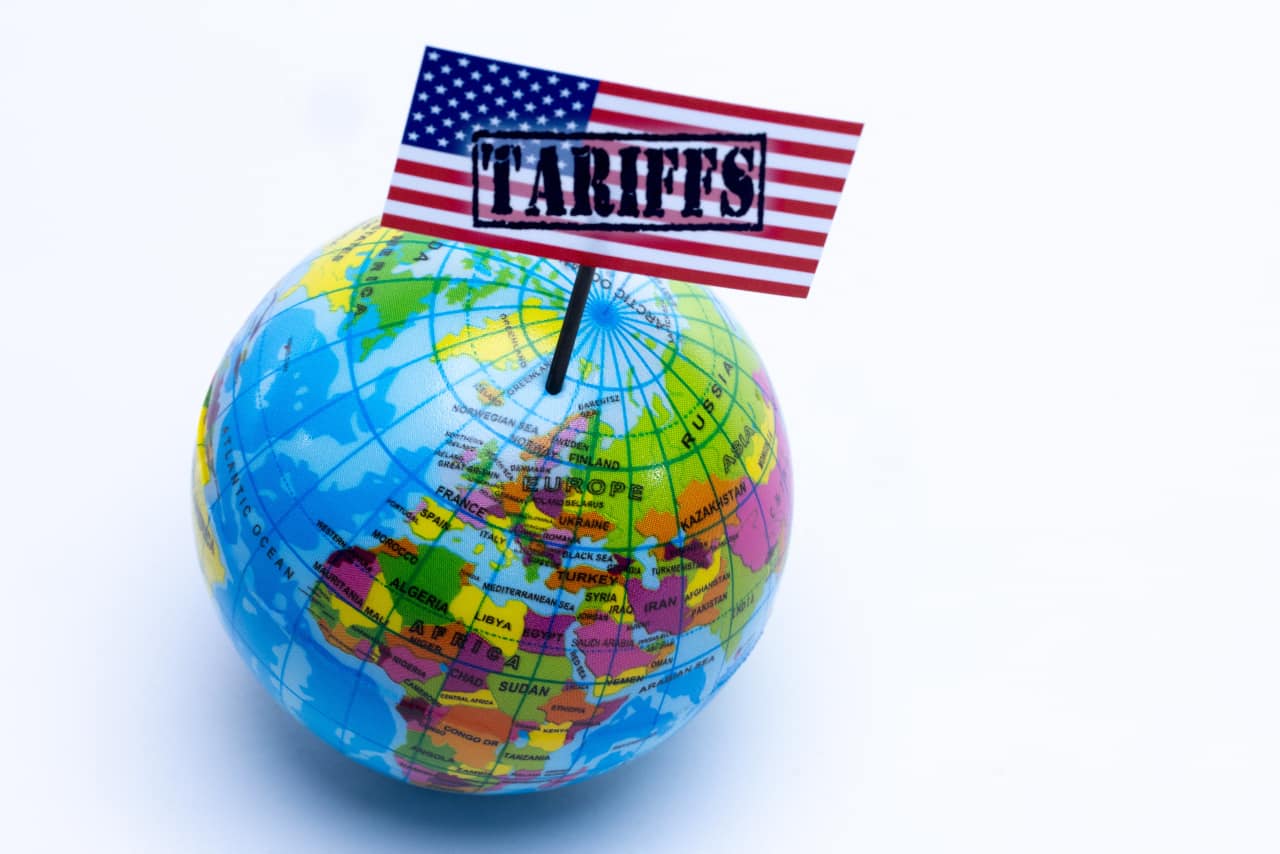Headline: Are Trump’s Tariffs Helping or Hurting America’s Economy? 6 Key Facts About U.S. Trade
As the 2024 presidential election heats up, former President Donald Trump’s trade policies—particularly his aggressive use of tariffs—are back in the spotlight. Trump has vowed to expand tariffs if re-elected, including a proposed 10% across-the-board levy on imports and 60% or higher on Chinese goods. But are these measures boosting the U.S. economy or causing more harm than good? Here are six key facts about the impact of tariffs on America’s trade and economic health.
1. Tariffs Generate Revenue—But Consumers Pay the Price
Tariffs imposed during Trump’s presidency brought in billions in federal revenue, but studies show American consumers and businesses bore the cost. A 2019 analysis by the Peterson Institute for International Economics (PIIE) found that U.S. companies and households paid an extra $51 billion annually due to tariffs on Chinese goods. Critics argue this acts as a hidden tax on Americans.
2. Some Industries Benefited, While Others Suffered
Certain sectors, like steel and aluminum, saw short-term gains from Trump’s tariffs, which protected them from foreign competition. However, industries reliant on imported materials—such as automakers and manufacturers—faced higher costs, leading to job losses in some cases. The U.S. Chamber of Commerce warned that retaliatory tariffs also hurt American farmers, particularly soybean producers who lost access to Chinese markets.
3. Trade Deficit Persisted Despite Tariffs
One of Trump’s key goals was reducing the U.S. trade deficit. Yet, the deficit with China grew in 2018 and 2019 before declining slightly during the pandemic. Economists note that trade imbalances are influenced by broader economic factors, such as consumer demand and currency exchange rates, not just tariffs.
4. Retaliatory Tariffs Hit U.S. Exports Hard
Countries targeted by Trump’s tariffs, including China, the EU, and Canada, struck back with duties on American goods. U.S. agricultural exports, such as soybeans, pork, and whiskey, took a major hit. The U.S. Department of Agriculture (USDA) provided $28 billion in bailouts to farmers to offset losses—a cost ultimately shouldered by taxpayers.
5. Tariffs May Have Boosted Some Domestic Production
Proponents argue tariffs encouraged reshoring of manufacturing jobs. Some companies, like U.S. Steel, expanded production, and there were modest increases in factory jobs. However, experts debate whether these gains outweighed the broader economic disruptions.
6. Biden Kept Many Trump-Era Tariffs—With Adjustments
President Joe Biden largely maintained Trump’s China tariffs but focused on strategic sectors like semiconductors and green energy. The Biden administration also negotiated limited trade agreements to ease tensions with allies. Still, economists on both sides question whether tariffs are the best long-term strategy.
The Bottom Line
While tariffs can protect specific industries, evidence suggests they raise costs for businesses and consumers without always delivering promised economic benefits. As Trump pushes for even higher tariffs, voters and policymakers must weigh the trade-offs between protectionism and free trade in an increasingly competitive global economy.
What’s Next?
With Trump leading in key swing states and Biden defending his trade policies, the debate over tariffs will likely play a major role in the 2024 election. Economists warn that an all-out trade war could trigger inflation and slow growth—risks voters will consider at the ballot box.
Sources: Peterson Institute for International Economics, U.S. Chamber of Commerce, U.S. Department of Agriculture, U.S. Census Bureau.
Would you like any modifications to better fit a specific audience or publication style?
